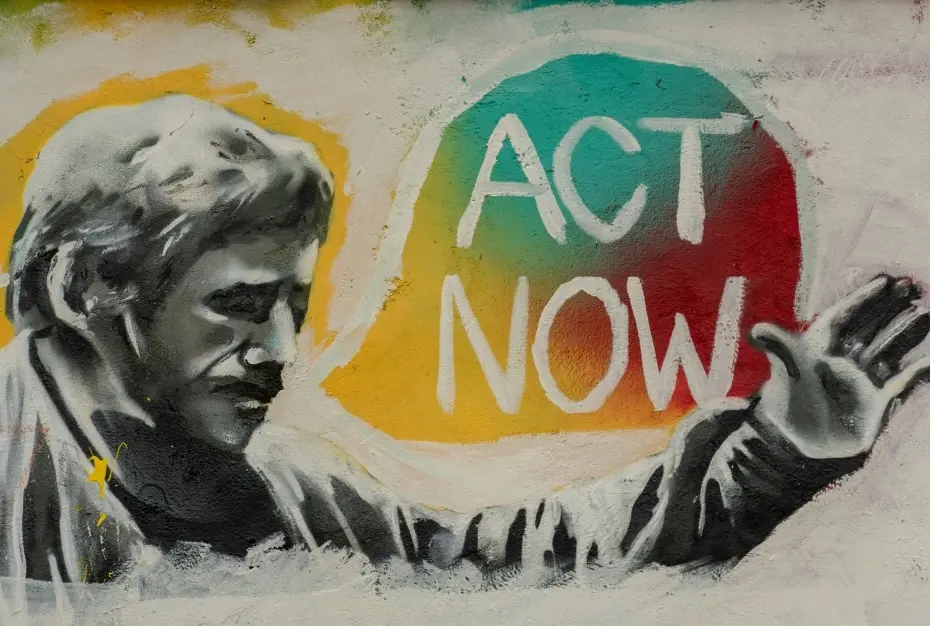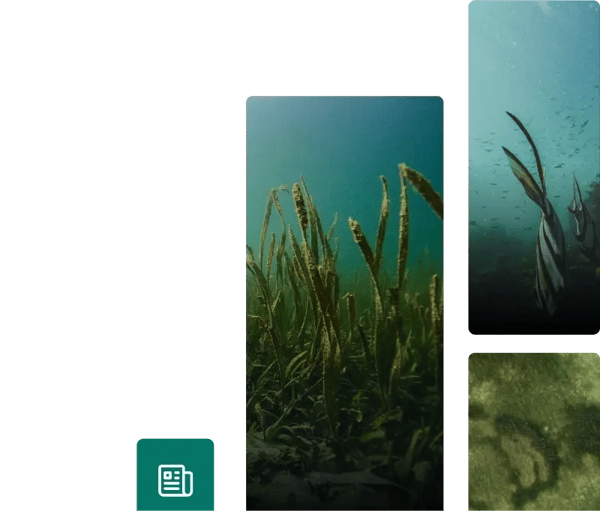Carbon Credits as a Financial Mechanism: What are financing options?
As carbon markets evolve, carbon credits are no longer just a sustainability tool; they have become a strategic financial mechanism. For developers, credits can unlock capital to launch or scale projects. For buyers, they provide a pathway to secure long-term supply, mitigate financial risk, and maximize sustainability budgets.
To effectively engage in the voluntary carbon market, it’s essential to understand the primary financing pathways available, including spot credits, forward purchases, multi-year agreements, and direct project financing.
Why do carbon credits matter in financing?
Many climate projects, whether Nature-based Solutions, household and community devices, renewable energy, or engineered removals, require up-front investment.
Carbon revenues can fund:
- CAPEX for new project infrastructure
- OPEX for ongoing program delivery, monitoring, and verification
- Scaling impact in remote or underserved regions
- Technology deployment and innovation
Because carbon credits are issued only after verified climate results, the way funding is structured influences project viability, timelines, risks, and financial returns. For more information on how to define your budget, please read our blog.
What are the different financing options?
Spot purchase of carbon credits
Spot credits involve purchasing already verified and issued carbon credits on the Voluntary Carbon Market for immediate delivery and retirement. This is the simplest and most flexible transaction structure as payment and delivery are made at the same time, thus limiting non-delivery or non-payment risk.
Benefits:
- Immediate fulfillment of climate commitments
- No long-term contract obligations
- Ability to respond to voluntary market price dips
- Limited risk regarding non-delivery for buyers or non-payment for sellers
Considerations:
- Spot markets can be volatile regarding price
- Limited supply security as demand scales
- Pricing typically higher
Purchasing spot credits is recommended for organizations early in their Net-Zero journey or those with shorter-term needs. It fits for companies that have not yet engaged in long-term climate commitments or first time buyers.
Forward purchase agreement
A forward purchase allows buyers to lock in a future delivery of carbon credits at a predefined price. This model is usually common in commodities markets, but has also gained momentum in the carbon market. Credit payment can be made either upon delivery or in advance of credit delivery. If the payment is made on delivery of carbon credits, then the risk is reduced; however, payment upfront can result in substantial risk in case of non credit delivery.
Benefits:
- Securing supply of high-quality credits ahead of market competition
- Cost control by locking price today
- Supports project development
Considerations:
- Requires long-term commitment and trust in project execution
- Potential mismatch in final delivery timeline if projects face delays
- Increase risk of non credit delivery
Organizations seeking predictable long-term budgets and price protection typically favor forward agreements, especially as demand for premium nature-based and engineered removals increases.
Multi-year agreements
Multi-year agreements combine purchase planning and long-term commitment, offering recurring delivery of carbon credits over several years. Unlike spot purchases, which are immediate, or forward contracts, which lock in a single future delivery, multi-year agreements provide recurring, predictable access to credits over time.
Advantages:
- Strong mitigating risk strategy against price inflation or credit supply
- Creates stability for project developers
- Supports a company’s long-term climate commitments
Considerations:
- Requires long-term commitment and trust in project execution
- Potential mismatch in final delivery timeline if projects face delays
- Reduces flexibility or advantage of market price dips
For companies scaling toward science-based targets or net-zero pathways, multi-year contracts provide consistent supply without the CAPEX burden of project participation. They represent a balanced hybrid between spot and forward positions.
Direct project financing
For organizations with very advanced sustainability strategies, project financing provides the opportunity to fund carbon-credit-generating projects directly. This approach closely mirrors infrastructure investment models. Types of financing includes, upfront CAPEX investment in project implementation and development.
Benefits:
- Access to credits at cost rather than market price
- Ability to shape project methodology, standards, and co-benefits
- Opportunity to demonstrate climate leadership and additionality
Considerations:
- Higher financial and delivery risk due to development uncertainty
- Requires deeper due diligence and technical expertise
- Long-term capital lock-in before credit issuance
Direct financing is ideal for corporations with strong decarbonization mandates, longer investment horizons, and a desire to integrate climate solutions into their core strategy. For more information on why high-integrity carbon credits are reshaping climate contributions, please read our blog.
Conclusion
Carbon credits are evolving into a strategic financial instrument. Whether through spot credits, forward purchase agreements, multi-year agreements, or direct project financing, companies have diverse options to balance sustainability goals, mitigate risk, secure supply, manage financial risks, and align capital strategy across CAPEX and OPEX.
As climate policy strengthens and demand rises, proactive planning and diversified financing structures are essential for maximizing budget efficiency and ensuring future access to high-quality carbon credits, and maintaining resilience in a rapidly developing carbon market. For more information on why creating a carbon project portfolio enhances your climate contribution, please read our blog.
Sources:
FAQs
According to leading scientific organizations, such as the Science Based Targets initiative (SBTi), achieving Net-Zero objectives requires a dual approach: drastically reducing internal emissions while simultaneously contributing financially to climate action beyond the company’s value chain.
For more information, please read our blog.
Governments, corporations, and investors are demanding greater accountability, transparency, and integrity in the generation and use of carbon credits. The next chapter of the ecological transition depends on one thing: a shift toward high-integrity carbon credits that align with international standards, deliver measurable co-benefits, and strengthen long-term climate strategies.
For more information, please read our blog.
The purchase of carbon credits must be part of a global, rigorous, and coherent approach aligned with the organization's climate strategy. Prior to the creation of a carbon project portfolio, it is essential to have a clear vision of your sustainability strategy and to establish precise climate objectives.
For more information, please read our blog.
Share this
You May Also Like
These Related Stories
.jpg?width=4928&height=3264&name=sun-shining-in-rain-drops-alt-sunset-in-nature-2022-02-02-03-49-48-utc%20(1).jpg)
Why does creating a carbon project portfolio enhance your climate contribution?

Why Avoidance Credits are not Inherently Inferior to Removal Ones



